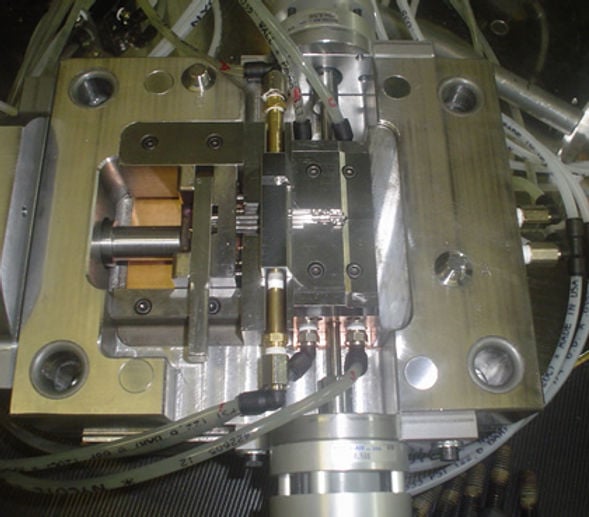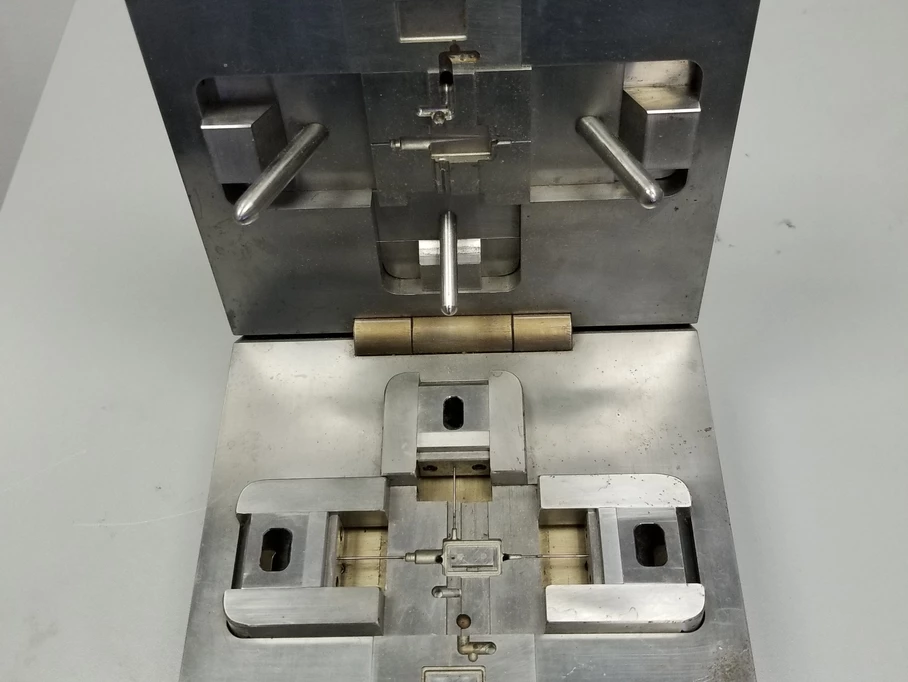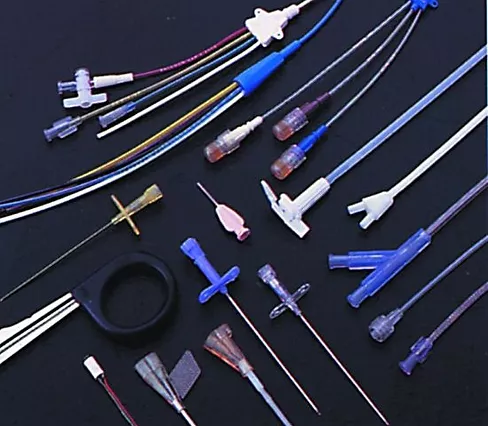Prototype Injection Molding
Prototype injection molding is a process that produces small batches of parts or products using injection molding technology. It's used for testing and evaluating a product before mass production. It's faster and more cost-effective than traditional tooling and allows for greater design flexibility, making it popular in automotive, medical, and consumer electronics industries.
Plastic injection molded components require an injection mold prototype during the development process. They can save time and money by finding design faults and other problems early in the design process. We will work with you to develop a prototype that will work well for your project based on our many years of experience in creating injection molding prototypes.
As it progresses from concept to reality, a custom plastic part may go through various stages. A thorough 3D rendering of the part design is created using a 2D drawing of the part. After a particular plastic part has been clearly depicted and appears to be ready for production, there may be some compelling reasons to consider prototyping injection molding (creating injection molded prototypes) before proceeding to mass production.
Why is Plastic Molding Prototyping Necessary?
The usage of injection molding (or insert molding) prototypes can help to evaluate the function, fit and shape of a part in an efficient and cost-effective manner. For plastic injection molding prototyping, we use a wide range of technologies to get the mold produced quickly and efficiently. If necessary, the prototype might be painted and decorated to seem like the finished product for marketing purposes before production parts are available.
Prototyping helps to avoid dangerous design flaws.
Design flaws that are not visible in a 3D model or printed model might cause delays and, as a result, increased production costs. Creating an injection mold prototype will assist you in avoiding some of the following typical problems before production begins:
Defects in the Surface and Appearance
Computer simulations and 3D printed models do not accurately depict real-world plastic molded parts. Surface and aesthetic defects in injection molded objects are frequently found only after actual injection molding. Many of these faults, such as sink marks, flow lines, and gate irregularities, can be corrected once the prototype is complete.
Non-uniform or Excessive Wall Thickness
Many injection molded component production failures are the result of part designs that are non-uniform or have wall thicknesses that are either very thin or very thick by injection molding standards. In order to ensure the wall thickness will not be an issue, an injection mold prototype is required. This will save time and frustration later and help you improve your design before creating a production mold.
Incorrect Gate Type or Placement
Proper gate placement and gate type on a plastic molded item guarantee that the mold cavity is evenly filled and that the plastic is held under pressure long enough to produce pieces of consistent quality. Prototype injection molding is the sole way to test the outcomes of a proposed gate type or placement on a custom molded item.
Material Shrinkage, Warp, and Critical Dimensions
Injection molded products that require dimensionally fine tolerances to function properly are excellent choices for injection mold prototyping. After being removed from the mold during injection molding, all plastic materials and molded pieces shrink and even deform.
The degree that a plastic part will shrink or warp is determined by a number of parameters. These include the type of plastic used and a range of mold design and processing characteristics. Real injection molded prototypes are the best approach to determine how repeatable a plastic part will be that needs tight tolerances.
Tooling Design
Many of the design characteristics of a prototype injection mold can be tested. In fact, testing a prototype's design characteristics is critical since it can assist designers and engineers in identifying production issues early on. The prototype will also match the unique distinctions of what the real mold tool will be.
Aberdeen Technologies Prototyping Capabilities
Aberdeen Technologies offers the unique capability to streamline your prototyping needs. By utilizing pre-built mold bases, Aberdeen can cut costs on prototyping needs by only needing to build a cavity prototype. Aberdeen does also offer the availability to build a prototype out of aluminum, but the majority of past customers opt to use a pre-built mold base due to its cost-effectiveness.







Post a comment